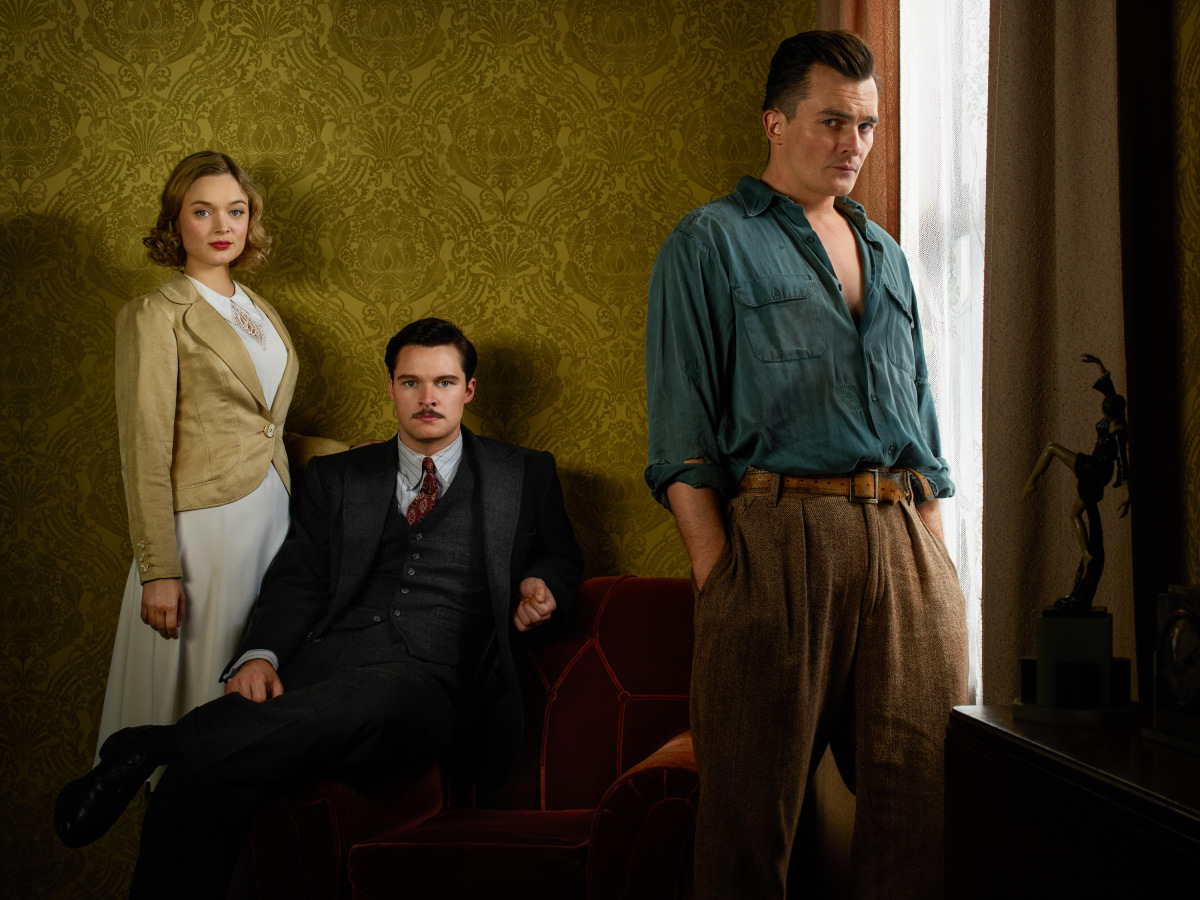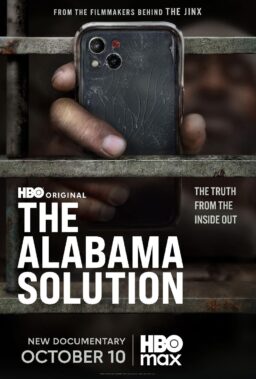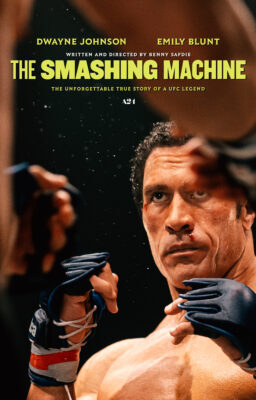Television has become so crowded in terms of channels and shows that something with a pretty remarkable pedigree can slide under the radar. Even people who consider themselves “up” on the world of TV had no idea when I told them that David Lowery, the mega-talented director of “Pete’s Dragon” and “A Ghost Story,” had a new project starting next week, and were further surprised to find out that directors Ben Wheatley and Ernest Dickerson directed upcoming episodes. “Strange Angel,” premiering on CBS All Access on June 14th, brings all of these talents together, directing a cast that includes Jack Reynor, Bella Heathcote, and Rupert Friend. It’s not a perfect show, but I’m eager to see where it’s going after three episodes and stunned at how few people probably even know it’s out there.

“Strange Angel” is about Jack Parsons, a fascinating historical figure. Just look at the descriptive first sentence about Parsons from Wikipedia: “Jack Parsons was an American rocket engineer and rocket propulsion researcher, chemist, and Thelemite occultist.” Wait, huh? Parsons, at least as captured by Reynor’s performance in “Strange Angel,” was fascinated by breaking expectations and boundaries. The show picks up with him in 1939, as Parsons is working on jet propulsion technology, trying to get men to the moon decades before it would ever happen and regularly being told it was impossible. Being mocked by his father-in-law and watching his wife (Heathcote) continue to worry about how his dreams of building rockets won’t pay the mortgage, Parsons is a rebellious dreamer. In “Strange Angel,” he’s drawn into the world of the occult by a strange neighbor, played by Rupert Friend of “The Death of Stalin” and “Homeland.”
Jack Parsons’ life crossed paths with Aleister Crowley and L. Ron Hubbard, which makes him one of those people about which one wonders why a biopic didn’t exist earlier. It also makes one wonder why “Strange Angel” is so talky and focused on rocket science in the first three episodes sent to critics. There are glimpses of Parsons’ willingness to embrace atypical thinking that will likely send the show in darker directions, but the first three episodes of “Strange Angel” often feel a bit too much like a slow burn, waiting to get to the “good stuff.”
Having said that, it’s a reasonably engaging slow burn. Lowery is an undeniable talent, finding ways to subtly convey ominous tension even in scenes of domestic bliss with Parsons and his wife. It’s in the way he stages a room that’s more darkly lit than most TV shows or the score from regular collaborator Daniel Hart. And he directs Reynor to a create a character who feels like he’s on the edge of danger. In the premiere, we see Parsons’ willingness to push the physics of his experiments to the point where they become legitimately dangerous, and one can sense Lowery foreshadowing some of the darker turns that Parsons’ life would take. The next two episodes aren’t quite as confident, yet there’s still no denying this is a well-made show.
But I worry that the slow pace will be a deal-breaker for most audiences. Even after three episodes, “Strange Angel” feels like it’s developing into what it will finally become.












